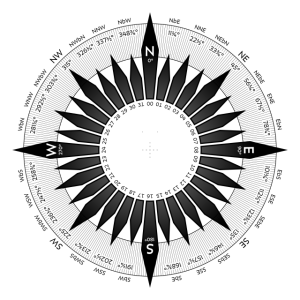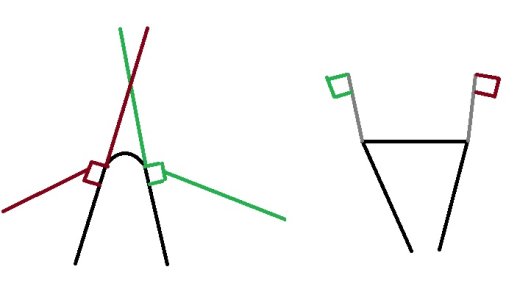Cariadco
Active member
Is there any reason why Nav lights have a masthead viewing arc of the red/green of 112.5, and the white of 135?
Why not nice round numbers of say for example110/110 and 140 or 120/120 and 120?
I have looked but no answers out there in Googleland.
Why not nice round numbers of say for example110/110 and 140 or 120/120 and 120?
I have looked but no answers out there in Googleland.




